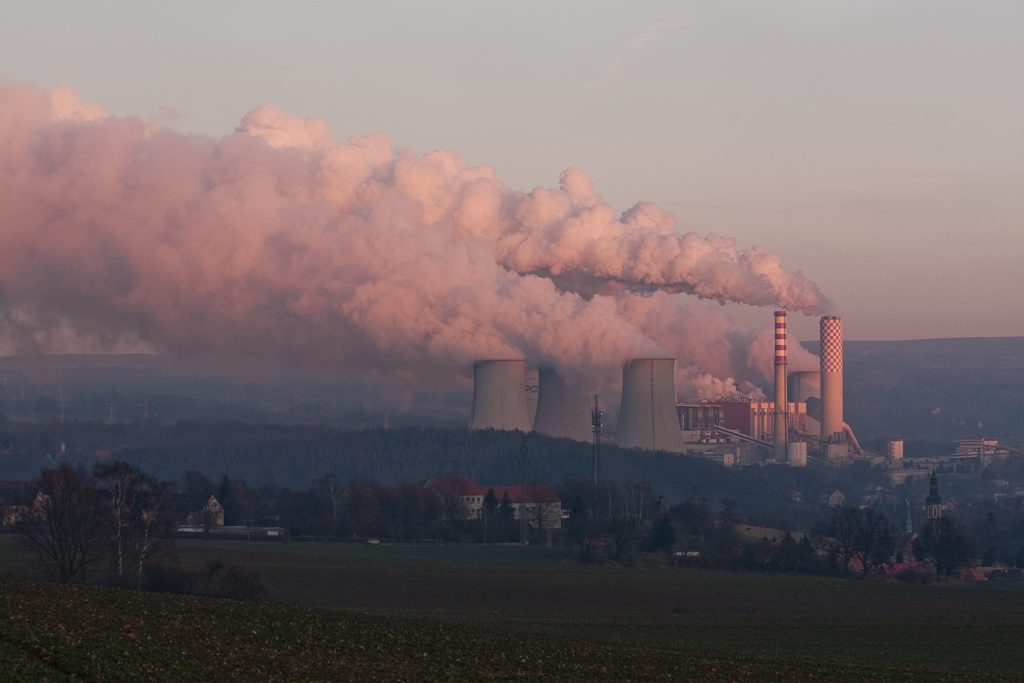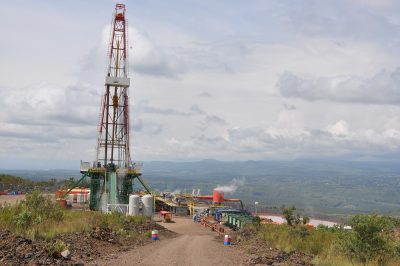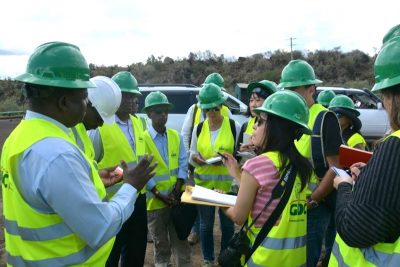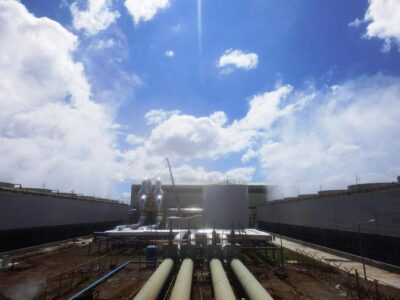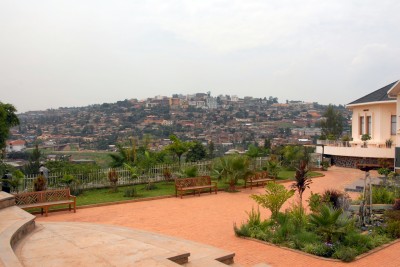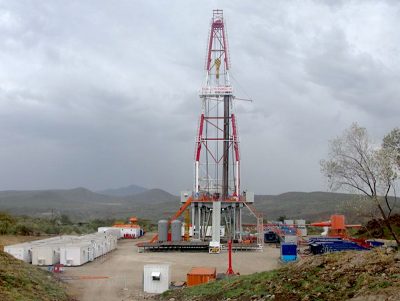Why would Kenya look for coal-fired plants with its geothermal resources?
Kenya is facing economic realities and is pursued by Chinese players to build a coal-fired power plant. Blessed with fantastic geothermal resources, the question remains why would Kenya even consider this?
In an article published in August this year, French publication, Media Terre, shared how Kenya and its geothermal growth is currently facing challenges due to the economy.
With 50 million people, the country has been facing an annual economic growth of between 5 and 6% with continued growth in energy demand. Further efforts on full electrification of the country are needed and geothermal is part of the recipe.
With an installed capacity of 676 MW (plus the 171 MW of Olkaria V Unit 1 and 2 to come online any time now), Kenya is the largest African producer of geothermal energy and the eighth in the world behind pioneers such as Iceland or Japan. Joseph K. Njoroge, Minister of Energy, explains the reasons for such a choice: “Geothermal energy provides energy that is available, reliable, practical, economical and at a competitive price. This is the path we want to follow today.”
While half of Kenyan electricity consumption is already provided by geothermal fields, the government’s goal is 100% coverage of needs by 2022. It is also important to highlight the huge potential lurking around the world. According to various estimates, the Rift Valley could allow the country to reach 10,000 MW of production, the equivalent of ten nuclear reactors! The Menengai geothermal development project, located northwest of Nairobi, is part of this approach.
The practical dimension of geothermal energy, between advantages and difficulties
For the moment, the energy produced at Menengaï remains at an embryonic stage (about 105 MW currently in development). Nevertheless, many businesses and industries as well as about 500 000 households have benefited. At the same time, 600 jobs were created as well as many micro-projects: purchase of an ambulance for a hospital, opening of a new well for the water supply of an isolated town … Geothermal energy does not emit greenhouse gas and the impact on the environment remains very low since the pumped water is directly reinjected into the ground without the addition of chemicals.
Why, then, is not such a choice generalized to the entire African continent, given that 63% of rural areas in sub-Saharan Africa do not have access to electricity? The fact is that the constraints are numerous. The development of the Olkaria site illustrates the situation with completeness. In fact, one hundred and fifty families were relocated outside the site, a site that had its facilities scrupulously studied and built by virtue of its location in the center of the Hell’s Gate Nature Park. However, the reason for neglected green energy is largely due to its financial cost. Like oil, the high cost of research and drilling sometimes dampens investors, not to mention the fact that the exploration phase has a significant potential for failure.
The switch between green energy and fossil energy, witnessing a complex economic reality
Despite all these efforts, the Kenyan government does not intend to give up the development of the fossil industry. As a result, a coal-fired power station project in the center of the Lamu Archipelago (so-called Unesco World Heritage Passenger …) has recently been created. Public opinion was obviously offended by such an undertaking, descending on the streets, proclaiming “Coal is poison”, carrying at arm’s length black coffins painted white skulls.
The Institute for Energy Economics and Financial Analysis (IEEFA) panel also published a report on the subject, defining the project as “an expensive mistake” and “a bad choice for Kenya.” Kenya’s potential for renewable energy (wind, geothermal, tidal, etc.) is profitable. More than that, Kenya wants to be leader in Africa with a green energy production ceiling at 85%! The director general of GDC further specifies that an agreement with Rwanda has already been made, in order to provide it with geothermal energy next year. Similarly, interconnections with other countries in the region such as Tanzania or Ethiopia are being prepared.
The fact is that three quarters of the energy produced in Africa is of fossil origin, thus emitting an astronomical amount of greenhouse gases. Going back is difficult. Once the dependence on fossil fuels is established, it is very complex and costly for a country to ensure the energy transition. Europe knows something about it … If the trend is green, the exploitation of coal remains a difficult economic opportunity, at the same time simple of exploitation and very fruitful. For fast-growing countries like Kenya, a juicy economic opportunity as “dirty” as it is remains an opportunity …
Chinese temptation as an insidious brake to sustainable African growth.
The vast majority of African countries have a huge energy need. Zimbabwe wants to be a glaring example, spending $ 5 million a week on electricity imports. Overwhelmed by a dependency that prevents it from growing, the latter recently began the construction of four coal plants. The two billion dollars needed were lent by … the Chinese government. The Middle Kingdom, if it plays the right students in the international summits (the plan “hundred clean plants for Africa” ??launched by Premier Wen Jiabao in 2009) has the unfortunate tendency to blacken the sky of its partners , Africa in the front line …. A quarter of the world’s coal plants are now built or financed by Chinese companies. Since these investments serve its economic interests, allowing it to export its coal and its technology, to Kenya, Ghana and Cote d’Ivoire, China finances and builds all the thermal power stations.
That’s 75% in South Africa and Zimbabwe. According to the IEEFA, two-thirds of its buildings are considered “dangerous” or “very dangerous” for the environment. It would be for Kenya not to succumb to the Asian offer to engage fully but surely on the path of sustainable development but also and above all independence. While implementation challenges may be daunting for investors, determination must remain in place to build a long-term leadership position that drives economic growth and development.
Source: Media Terre
